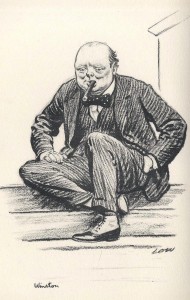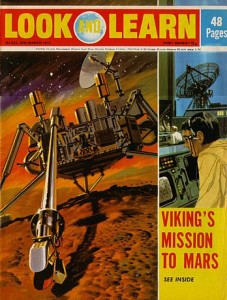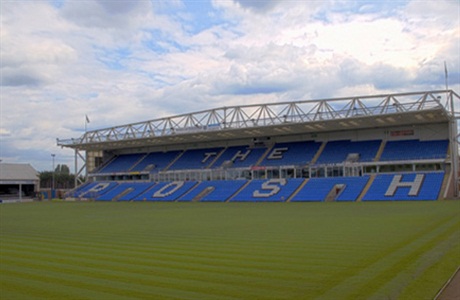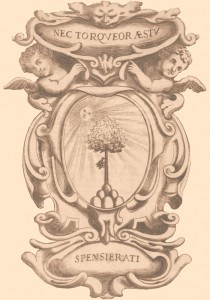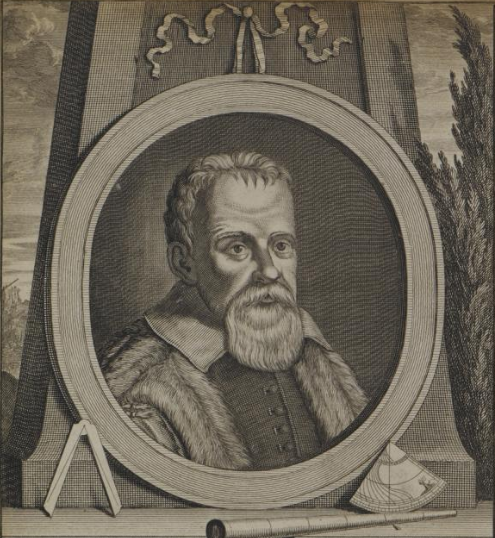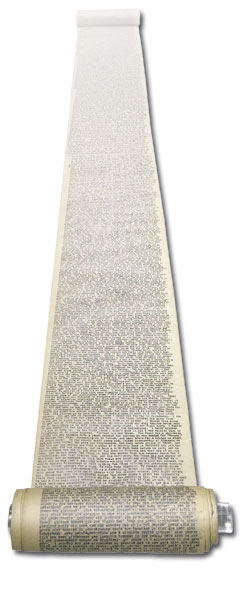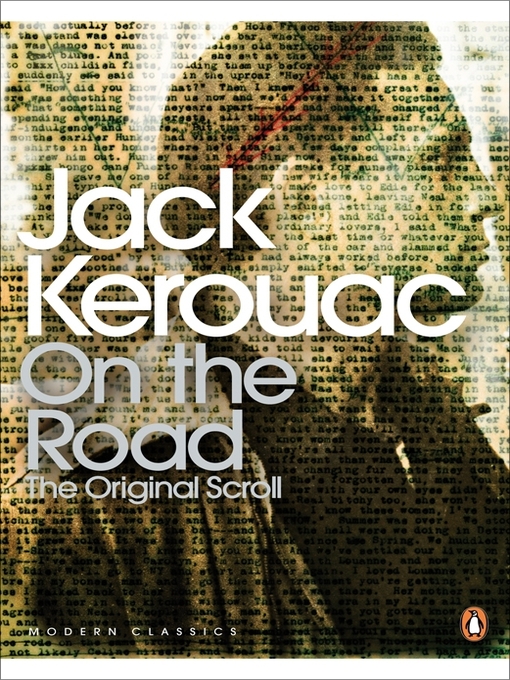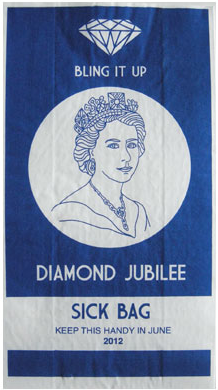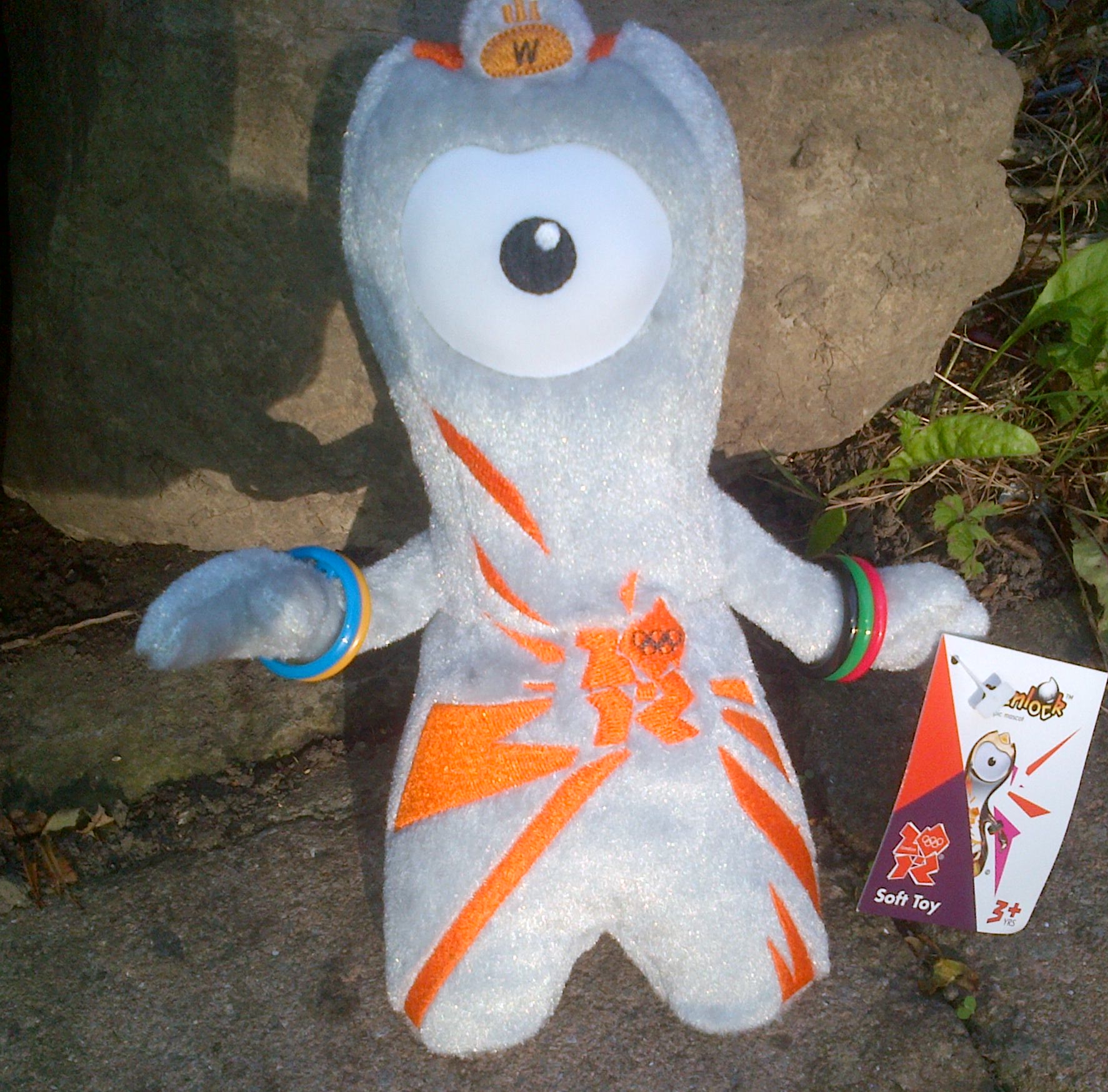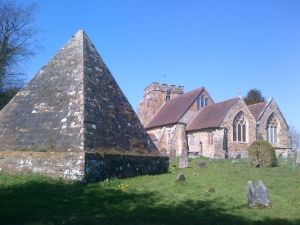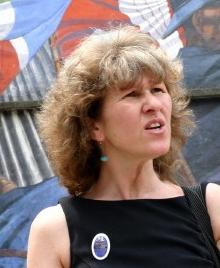 I have known Rachel Kolsky for many years prior to my starting here in the British Library Business & IP Centre.
I have known Rachel Kolsky for many years prior to my starting here in the British Library Business & IP Centre.
So it was great to be in a position to be help with her growing business Go London Tours. As a prize-winning Blue Badge guide, Rachel certainly didn’t need any tips from me on how to give tours. However, marketing (as is so often the case) was not her strong point, so we worked on reaching a wider audience.
One of the best ways to demonstrate your expertise and passion to the world, is to publish a book. And this is just what Rachel has done, along with co-author Roslyn Rawson. Jewish London is already on its third print-run, with great reviews on Amazon. I am hoping as a consequence tourists will start flooding onto Rachel’s website and book onto her tours.
I have read Jewish London, and endorse those positive comments. It is clearly laid out with a great many colour photos of the sights. It includes several walking tours of different parts of the city showing off their Jewish heritage, and discovering hidden gems. Rachel’s enthusiasm shines through the text and makes you want to take a look. And I love the way she always includes suggestions for places to eat on route. In my view there is nothing worse than exploring on an empty stomach.
Kiratiana Freelon has kindly given me permission to reproduce part of an interview Rachel gave to kiratianatravels, and which appears in full in Kiratiana’s Travel Guide to Multicultural London.
If you had to describe Jewish London in one sentence, what would you say?
Jewish London offers tourists, as well as residents, a wealth of experiences: cultural, religious, artistic and gastronomic.
How did you first develop your signature Jewish Tour of Brick Lane? When did you start? About how many people have you taken on the tour over the years?
My first public tour of the Jewish East End was in September 2000, the year I earned my first guiding qualification.
However, the Jewish East End remains the classic tour. You can begin at the edge of the city or you can, as I now prefer, start within the Jewish East End at Aldgate and weave your way in and around Brick Lane. That way, you uncover the stories of the Jewish community for whom this area was once their home and workplace.
The tour continues to develop as more stories come to light and my groups share their family experiences with me. What was once a street of houses is now a filled with tailors and banana ripeners, furriers and synagogue caretakers. Their memories, together with the ever changing nature of Brick Lane, is what makes this a continuing fascination for me. I never tire of leading the Jewish East End tours in Brick Lane.
Literally thousands of people, whether Londoners or tourists, whether on foot or in vehicles, have been on my tours, and here’s hoping there will be many more.
The Jewish East End was larger than many imagine, and many groups, once they have rediscovered Brick Lane, want to explore further. I have devised a series of Jewish East End tours that cover areas such as Whitechapel, Mile End, and Stepney, or specific themes such as Radicals & Revolutionaries and Women of Worth.
Why did you finally decided to write the book?
Roslyn, my co-author, and I love travelling. Wherever we are in the world, we seek out Jewish heritage, synagogues, and try and meet members of the local communities. Amazingly, there was no guidebook to Jewish London. Despite a growing interest in London’s Jewish heritage, vibrant cultural centres, literature festivals, music and dance, no guidebook existed to ensure visitors and residents have all the information they need in one easy-to-read format.
Roslyn and I volunteer at Jewish Book Week and, two years ago, after one of our shifts, she asked me if I had ever thought of writing a book based on the tours I lead around London. Roslyn’s knowledge of the Jewish community, particularly the synagogues and food, matched my knowledge of the history of Jewish London. iI seemed that we must write the book!
The book covers both walking tours around key areas of Jewish interest, but also includes features about historic cemeteries, Jewish art and artists, important Jewish personalities such as Disraeli and the Rothschilds, areas off the beaten track, and suggested days out. Holocaust memorials are all listed, and museums and Judaica are profiled. Several sites are relatively unknown, so we hope the book will encourage greater number of visitors.
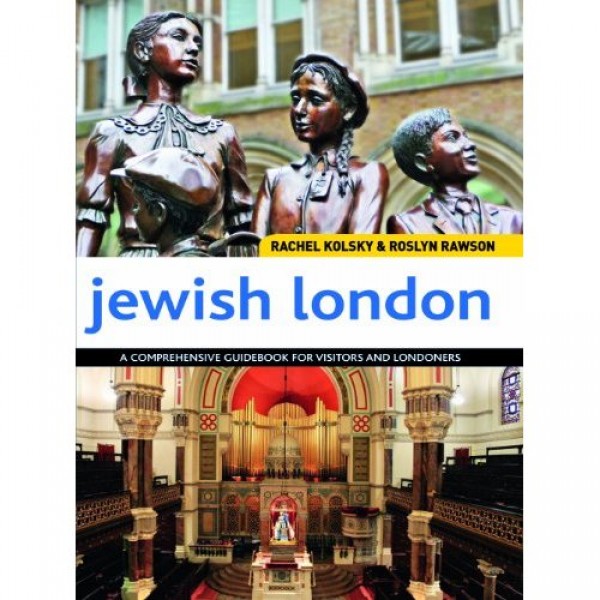
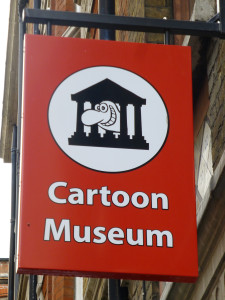 Last week I joined in with the LIKE (London Information and Knowledge Exchange) visit to the Cartoon Museum.
Last week I joined in with the LIKE (London Information and Knowledge Exchange) visit to the Cartoon Museum.